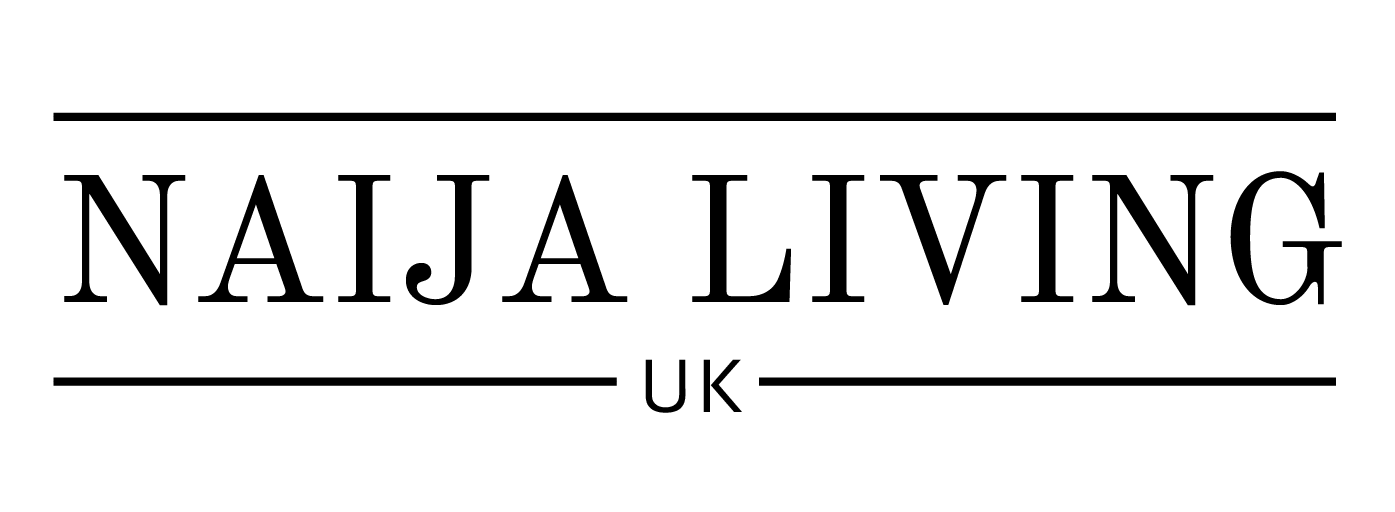Navigating Conflict: How Emma Argues With Principal Figgins
Conflicts in educational settings are not uncommon, and effective resolution is paramount for a healthy academic environment. In this blog post, we delve into a specific case study – the dynamic conflict between emma argues with principal figgins, a dedicated teacher, and Principal Figgins. Understanding the nuances of their interactions provides valuable insights into conflict resolution strategies applicable in educational settings.
Understanding the Characters Involved
Who is emma argues with principal figgins?
emma argues with principal figgins, a seasoned educator with a passion for teaching, who has a wealth of experience in the classroom. Her dedication to fostering a positive learning environment has made her a respected figure among students and colleagues alike.
Who is Principal Figgins?
Principal Figgins, as the head of the school, plays a pivotal role in shaping the educational landscape. His responsibilities include overseeing the faculty, implementing policies, and maintaining a conducive learning environment.
Relationship Dynamics between emma argues with principal figgins
The relationship between emma argues with principal figgins is a crucial factor in understanding the conflicts that arise. A harmonious collaboration is essential for the well-being of both educators and students.
Common Causes of Conflict in Educational Settings
Conflicts often arise due to various issues. In Emma’s case, some common causes include disagreements over curriculum decisions, differences in teaching methodologies, and challenges related to student discipline.
In educational settings, conflicts can also stem from:
- Budgetary constraints
- Policy interpretations
- Personal differences
Addressing these issues promptly is essential to prevent conflicts from escalating.
Communication Styles in Conflict Resolution
Effective communication is the linchpin of conflict resolution. Understanding different communication styles, including assertive, passive, and aggressive approaches, is crucial.
Emma tends to employ an assertive communication style, expressing her thoughts and concerns openly but respectfully. Principal Figgins, on the other hand, may lean towards a more authoritative approach. Finding a middle ground that fosters effective communication is key.
The Importance of Active Listening
Active listening is a cornerstone of conflict resolution. It involves fully concentrating, understanding, responding, and remembering what is being said. Emma’s ability to actively listen during discussions with Principal Figgins contributes significantly to the resolution process.
How Active Listening Can Enhance Conflict Resolution
- Builds trust and rapport
- Facilitates a deeper understanding of concerns
- Encourages a collaborative problem-solving approach
In the context of emma argues with principal figgins, active listening proves instrumental in bridging communication gaps.
Strategies for Constructive Conflict Resolution
The Role of Empathy
Empathy is a powerful tool in conflict resolution. Understanding the perspectives of both parties fosters a sense of mutual respect. Emma’s empathetic approach to Principal Figgins’ challenges contributes to the overall resolution process.
Collaborative Problem-Solving Techniques
- Identify the Problem: Clearly define the issue at hand.
- Generate Alternatives: Encourage brainstorming for possible solutions.
- Evaluate Options: Assess the pros and cons of each solution.
- Implement the Solution: Choose the most viable option and put it into action.
Encouraging Open Communication
Creating an environment where educators feel comfortable expressing their concerns is crucial. Emma’s proactive approach to open communication sets a positive precedent for conflict resolution.
Legal and Policy Considerations
Educational conflicts often have legal and policy implications. Understanding the relevant policies and the legal rights and responsibilities of educators and administrators is crucial.
How Emma’s Actions Align with Existing Policies
Emma’s actions in navigating conflicts should align with established educational policies. An alignment ensures that resolutions are within the framework of institutional guidelines.
Lessons Learned from Emma’s Experience
Reflecting on Emma’s conflict resolution strategies offers valuable lessons for educators facing similar situations.
- Proactive Communication: Address issues before they escalate.
- Empathy and Understanding: Consider the perspectives of all parties involved.
- Collaborative Problem-Solving: Work together to find mutually beneficial solutions.
These lessons contribute to a positive and constructive learning environment.
Frequently Asked Questions (FAQs)
Common Questions About Conflicts in Educational Settings
- Q: How common are conflicts between teachers and administrators?
- A: Conflicts can arise due to various factors, making them relatively common. However, proactive resolution strategies can mitigate their impact.
- Q: Are there specific policies addressing conflict resolution in schools?
- A: Educational institutions often have policies outlining procedures for conflict resolution. Familiarising yourself with these policies is crucial for effective resolution.
Conclusion
In conclusion, the conflict between emma argues with principal figgins serves as a microcosm of the challenges educators face in navigating conflicts within educational settings. Emphasising effective communication, active listening, and understanding the legal landscape ensures a healthier and more productive academic environment.


